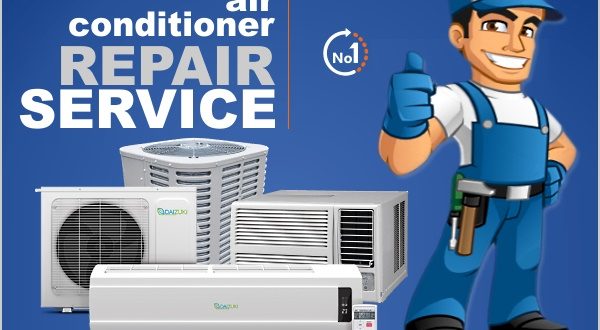
Do not let your A/C blow your money away. Utilize these pointers and pay less to cool your home this summer.
Running the cooling can make an electrical energy expense skyrocket, however the alternative isn't pretty, either. Thankfully, there are a few ways that you can assist your air conditioning unit run much better and save you cash as the summer months progress.
Given up cooling the community
If your house isn't brand new, the cold air inside it is probably leaking out into the area through worn windows and door seals, an inadequately insulated attic and other tricky cracks.
To see how well your house is keeping in the 24 hour air conditioning repair cold, register for a home energy audit with your utility supplier or a regional professional. A qualified home energy rater or auditor will check your home for leaks and recommend the best method to make your house more energy efficient.
Do not desire to spring for an audit? Do a mini-audit yourself. Stand outside your home and run your hand along windows and doors. Can you feel the cold air getting away? If you do, caulk around dripping windows and include insulation around doors.
Make an upgrade
If you have not upgraded to a smart thermostat-- such as Ecobee, Lyric, Lux or Nest-- it's time to make a change. Smart thermostats can control cooling and heating when you're not house to conserve money. Plus, you can change the settings from another location utilizing an app on your phone. Some even work with Amazon Alexa, Samsung SmartThings, Apple HomeKit,
Wink, Google House and other wise house platforms. Here are the very best clever thermostats of 2017 to assist you make the finest choice for your home.
Make certain your thermostat is on the best wall
Thermostat positioning can play a huge part in how well your a/c works. If you put it on a wall right beside a hot window, for instance, your ac system will kick on a lot more often than it needs to since it will think the space is hotter than it really is. Here's how to pick the perfect wall for your thermostat.
Close the blinds
A window allowing the hot sun won't simply heat up your thermostat, it'll heat you up too. During the hottest part of the day, close your window blinds and keep out the sun. It can likewise assist insulate your windows, which stops the cold air from getting away.
Often you do not need to amp up the thermostat to feel cooler. According to the National Resource Defense Council (NRDC), utilizing a ceiling fan can make a space feel 10 degrees cooler and uses 10 percent of the energy of a central air conditioning conditioner.
If you want to get state-of-the-art, you can set up wise ceiling fans that connect to an app. You can set up the times when these fans turn on and off, and you can control their speed without standing on your tiptoes.
Raise the temperature
Lots of people believe that leaving the a/c at the same temperature level when you leave your home conserves cash since the Air Conditioner won't require to work as difficult to recool the house. This isn't the case. NRDC senior energy policy supporter Lauren Urbanek says that the most economical method to utilize your air conditioning system is to turn the thermostat up when you leave the house.
Cooling systems run most efficiently at full speed during longer time periods. So kicking it on a lower temperature level when you get house will conserve you more money than the Air Conditioning biking on and off while you're away.
A programmable thermostat can make it incredibly simple to keep your Air Conditioning at the best temperature level. You can set the unit to operate at higher temperatures while you're at work and cool off right prior to you get home.
Setting low is a no-go
Constantly set your thermostat to the highest temperature level you can stand to save the most money. Even a small change in the temperature can conserve you big bucks.
You can save 10 percent a year on your cooling bills by setting your thermostat simply 10 to 15 degrees greater for eight hours each day, according to the Nebraska Energy Office. The US Department of Energy recommends intending for an indoor temperature level of 78 degrees F when you're at home.